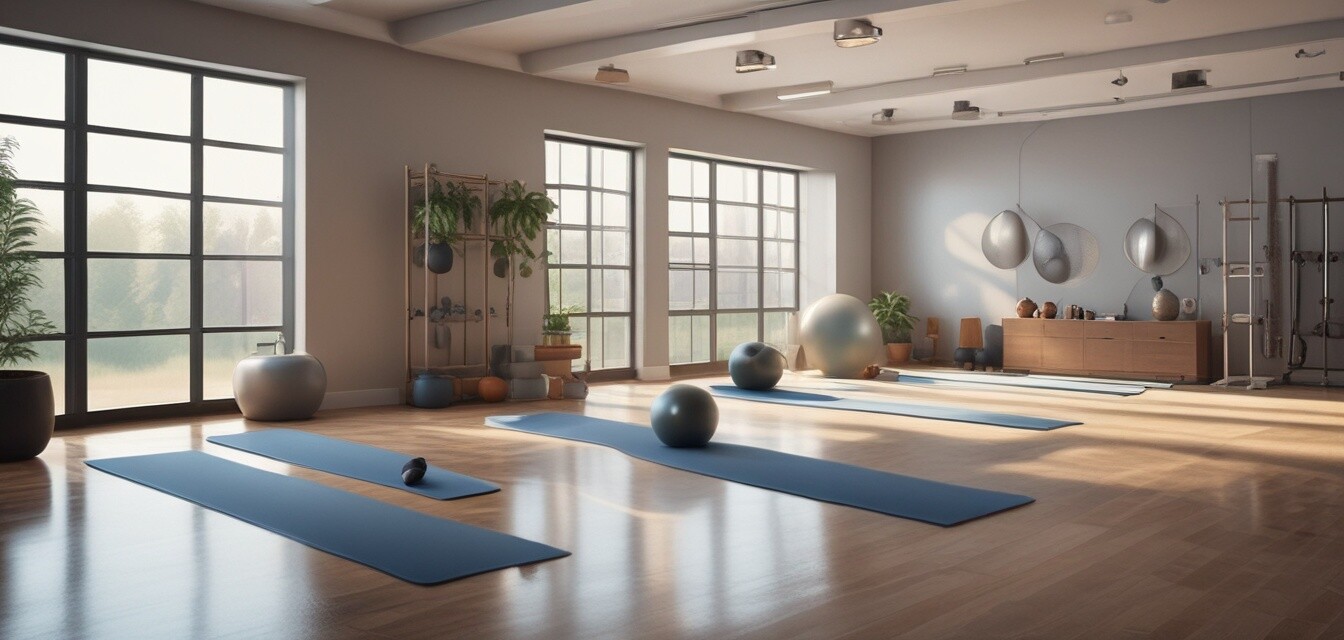
Maintaining Balance: Essential tips for seniors during exercise
Key Takeaways
- Balance is crucial for seniors to prevent falls and injuries.
- Incorporating balance exercises into workouts enhances stability.
- Consistency and proper technique are vital for effective training.
- Listening to your body is key for staying safe during exercises.
Maintaining balance is crucial for seniors, especially during exercise. As we age, our stability can decline, increasing the risk of falls and injuries. This article will discuss the importance of balance and highlight specific practices seniors can incorporate into their workout routines to enhance stability.
Why is balance important for seniors?
Balance plays a significant role in overall health and safety for seniors. Here are some of the primary reasons why maintaining balance is essential:
- Prevention of falls: Falls are one of the leading causes of injury among older adults. Improving balance can significantly lower this risk.
- Enhanced mobility: Good balance promotes confidence while walking or engaging in daily activities.
- Improved coordination: Better balance leads to coordinated movements, making physical activity easier and safer.
- Better muscle strength: Balance training often involves strength exercises that enhance overall muscle tone and endurance.
Incorporating balance exercises into your routine
Integrating balance activities into your regular workout can make a substantial difference. Here are some tips on how to do this effectively:
1. Start with warm-up exercises
Before engaging in balance activities, warming up is essential to prepare your body and prevent injuries. Consider these warm-up exercises:
- Gentle neck rotations
- Shoulder shrugs
- Ankle circles
- Knee lifts
2. Try simple balance exercises
Once warmed up, you can incorporate these exercises into your routine:
| Exercise | Description | Duration |
|---|---|---|
| Single-leg stands | Stand on one leg, keeping the other foot slightly off the ground. | 10-20 seconds per leg |
| Heel-to-toe walk | Walk in a straight line, placing the heel of one foot directly in front of the toes of the other. | 10-15 steps |
| Chair stands | Stand up from a chair and sit back down without using your hands for support. | 5-10 repetitions |
3. Use equipment for stability
Incorporating equipment can enhance balance training. Consider these options:
- Balance boards
- Stability balls
- Resistance bands
- Yoga mats
4. Focus on flexibility
In addition to strength and balance, flexibility is essential. Incorporate the following stretches:
- Cats and cows stretch
- Seated hamstring stretch
- Hip flexor stretch
Safety considerations while exercising
When engaging in any form of exercise, safety should always be a priority. Here are some tips to ensure safety while training:
1. Listen to your body
If you experience pain or discomfort, take a break or modify the exercise. Understanding your limits is crucial for safe workouts.
2. Wear appropriate footwear
Choose shoes that provide good support and traction to prevent slipping and injury.
3. Work out with a buddy
Exercising with a partner can provide motivation and assistance if you feel unsteady or need help.
4. Cool down after workouts
Always take time to cool down and incorporate gentle stretches to promote flexibility and recovery.
Conclusion
Maintaining balance during exercise is critical for seniors. By incorporating balance exercises, staying mindful of safety, and listening to your body, seniors can enhance their stability and enjoy their workouts with confidence. For more tips on safe practices while exercising, check out our Safety Tips section.
Pros
- Improves stability and reduces fall risk
- Boosts confidence and independence
- Enhances overall fitness levels
- Encourages social interaction when working out with others
Cons
- Initial difficulty may discourage some seniors
- Requires consistency for noticeable results
- May require supervision depending on fitness level